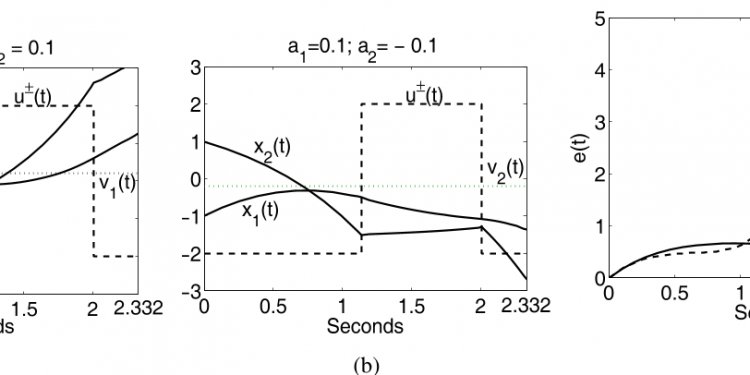
Open loop operation
A detection system in the resonator fiber-optic gyro is set up by the phase modulation (PM) spectroscopy technique. The slope of the demodulated curve near the resonant point is found to affect the ultimate sensitivity of the gyro. To maximize the demodulated signal slope, the modulation frequency and index are optimized by the expansion of the Bessel function and optical field overlapping method. Using different PM frequencies for the light waves, the open-loop gyro output signal is observed. The modulation frequency in this PM technique is limited only by the cutoff frequency of the LiNbO3 phase modulators, which can reach several gigahertz. This detection technique and system can be applied to the resonator micro-optic gyro with a less than 10 cm long integrated optical ring.
© 2006 Optical Society of America
OSA Recommended ArticlesReferences
You do not have subscription access to this journal. Citation lists with outbound citation links are available to subscribers only. You may subscribe either as an OSA member, or as an authorized user of your institution.
Contact your librarian or system administrator
or
Cited By
You do not have subscription access to this journal. Cited by links are available to subscribers only. You may subscribe either as an OSA member, or as an authorized user of your institution.
Contact your librarian or system administrator
or
Figures (7)
You do not have subscription access to this journal. Figure files are available to subscribers only. You may subscribe either as an OSA member, or as an authorized user of your institution.
Contact your librarian or system administrator
or
Equations (13)
You do not have subscription access to this journal. Equations are available to subscribers only. You may subscribe either as an OSA member, or as an authorized user of your institution.
Contact your librarian or system administrator
or
Metrics
You do not have subscription access to this journal. Article level metrics are available to subscribers only. You may subscribe either as an OSA member, or as an authorized user of your institution.

















